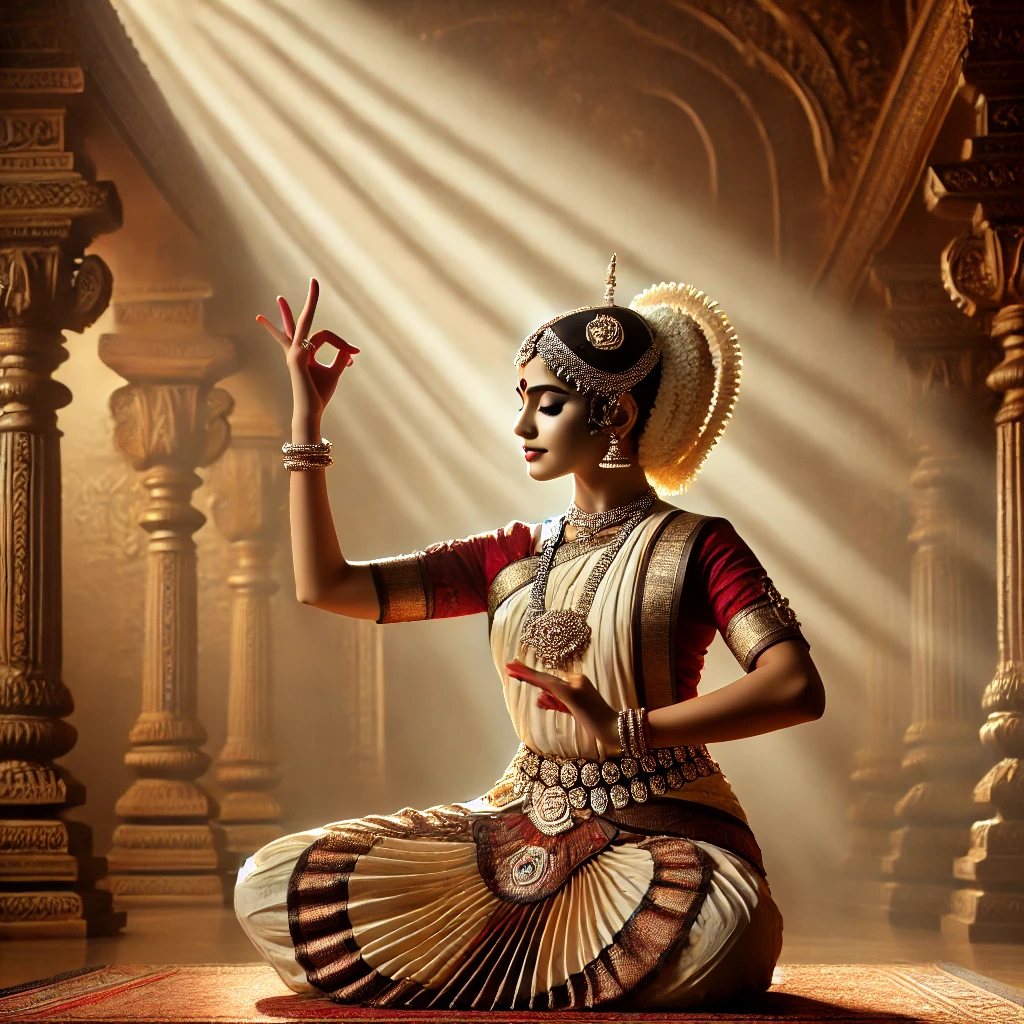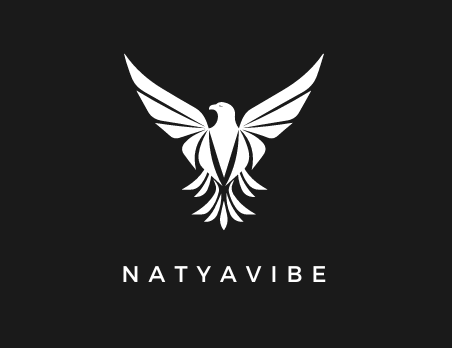Table of Contents
When was the last time you watched a performance that truly amazed you? Maybe it was the fast footwork, the graceful hand movements, or the strong expressions that told a story without any words. Classical dance has a special way of taking us through time and culture, giving us a look into traditions that still matter today, just as they did long ago.

A Journey Through Time
Classical dance is not an art; it’s living history. It flows from the grandeur of Bharatanatyam in India to Europe’s elegance of Ballet, each carrying with it stories, philosophies, and nuances of culture. These dances followed mostly in temples, courts, or theaters and were meant to express devotion, narrate tales of epics, and even reflect on social issues of the time.
Take Bharatanatyam, for example. This is a classical dance form originating from South India, more than 2,000 years ago, steeped in spirituality. The intricate footwork, or adavus; geometric body postures, or karanas; expressive facial movements, or abhinaya—all had to link the performer and the audience to the divine. Is it not amazing how something so ancient can still strike a chord with audiences today?
Why Classical Dance is Still Relevant
In today’s fast-moving world, you might wonder why classical dance still captures our attention. The reason is simple: it’s universal. While the techniques and stories come from specific cultures, the emotions they express—love, joy, sadness, and victory—are feelings we all share. Classical dance crosses language barriers, making it something everyone can appreciate if they open themselves to its beauty.
Also, learning classical dance brings many benefits. It teaches discipline, boosts creativity, and improves physical health. It’s not just a hobby; it’s a journey that enriches your life. Whether you’re perfecting Ballet’s pirouettes or learning the hand gestures (mudras) of Kathakali, every step shows the dancer’s hard work and passion.
Modern Adaptations and Global Appeal
Although there is much of the classical forms retained in classical dance, it has indeed evolved. The dancers of today merge classic forms with that of contemporary to make their art forms more relatable to the masses. Fusion performances, like the use of Bharatanatyam in modern storytelling or the fusing of Flamenco with Kathak, have proved that classical dance also learns to move with the times, without losing its sheen.
Even pop culture has embraced classical dance. It is very common to find bits and pieces of these age-old art forms in movies, television serials, and social media, which introduce them to the younger generation. Instagram and YouTube are replete with talented dancers showcasing their art, proving that classical dance is anything but archaic.
Your Invitation to Explore Classical Dance
Have you ever thought of participating yourself in the performance or being part of an audience? There is much to acquire as either. Go for a live performance, enroll in a fresher’s class, or even know about documentaries and books on your favorite classical dance form. The journey is as enriching as the destination.
So, the next time you hear about a classical dance performance, do not brush it off. Go and experience it. Feel the rhythm, watch stories unfold, and allow yourself to be moved. After all, the timeless beauty of classical dance is not in its movements but in connecting us all.
conclusion
Classical dance is a timeless art form that bridges cultures, transcends language, and connects us to ancient traditions. Whether through intricate movements or powerful expressions, it offers a profound experience. Embrace this art form, explore its beauty, and let it inspire you to connect with history, culture, and emotion. If you want to know more about Bharatnatyam you can visit NatyaVibes.

